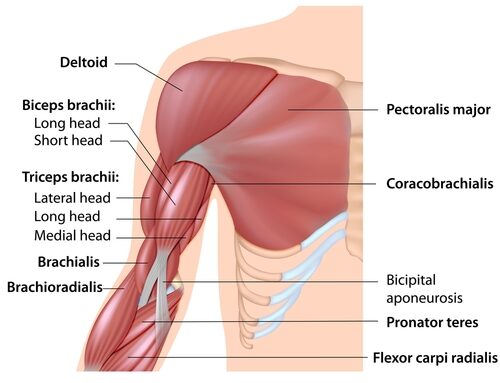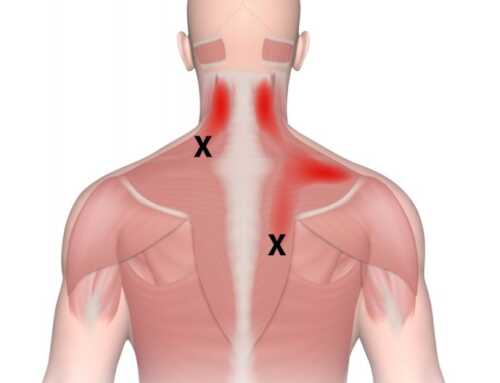What is causing my calf cramps?
The gastrocnemius or “gastroc” is one of the main muscles of the lower leg and is the muscle that causes calf cramps. It flexes the knee and points the toes. You use it when peeking over a fence, walking hills or riding your bike.
When there are trigger points (knots) in the gastroc or it is tight, you may experience nocturnal calf cramps and pain in the calf, back of the knee or instep of the foot. You may experience pain on effort such as climbing a hill or a slanted slope.
Causes of calf cramps
Calf cramps typically develop when the legs are still for too long while the toes are pointed. Dehydration or several other medical conditions will induce them. Calf cramps are especially prone to happen when cold. To help prevent nocturnal calf cramps, you can put a pillow at your feet to help your feet stay more at a 90-degree angle.
Gastrocnemius trigger points are often activated by chilling of the muscle or by mechanical overload. Perpetuating factors include sustained contraction, sustained shortening, immobility, and compromised circulation. Walking along a slanted surface, such as the beach can activate trigger points. It will cause pain in the leg that is on the lower side of the slant. It will also produce pain in the back of the knee with each step. This pain is likely to feel as if it arises in the knee joint. The client tends to be tilted toward the low side so that the limb becomes effectively shortened, requiring the gastroc and pelvis to compensate.
Walking straight up a long steep hill repeatedly can continue gastroc trigger points. Any situation that markedly shortens the gastroc for a prolonged period aggravates its trigger points. This includes wearing high heels, hooking the heel on the rung of a high stool with the foot pointed down, driving long distances in a car, and sleeping at night with the foot pointed. Also, any situation that impairs circulation can encourage trigger points such as a chair with a high front edge or sitting in a recliner when the leg rest has a high edge at calf level and provides inadequate heel support.
What’s the Fix?
A few things you can do to help gastroc trigger points are wear heels less than 2 inches. Get a wedge for your accelerator pedal to make your foot form a right angle. Add a footrest if your office chair is too high. Make sure you are working in a warm area and avoid wearing tight socks.
Please let us know at Body Ache Escape in Columbus, Ohio if you are experiencing any of these problems the next time you come in! Schedule online now.
*info taken from Volume 2 of Myofascial Pain and Dysfunction, The Trigger Point Manual by Travell and Simons.








